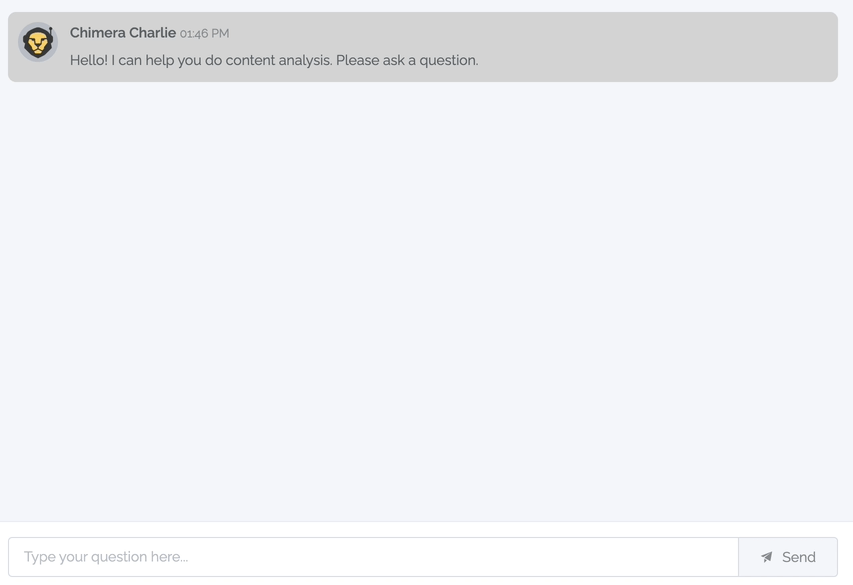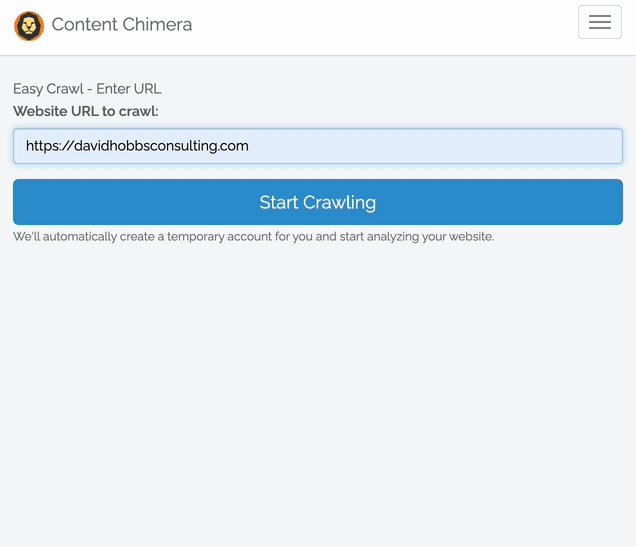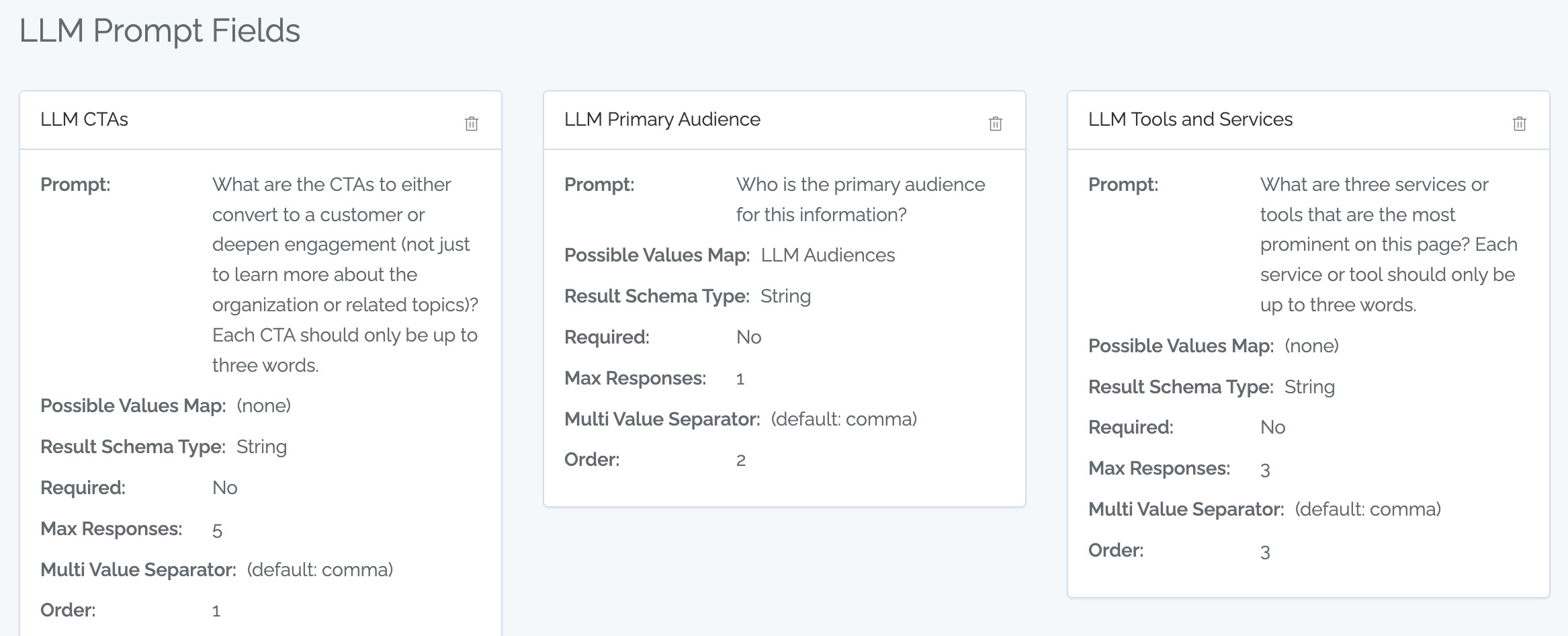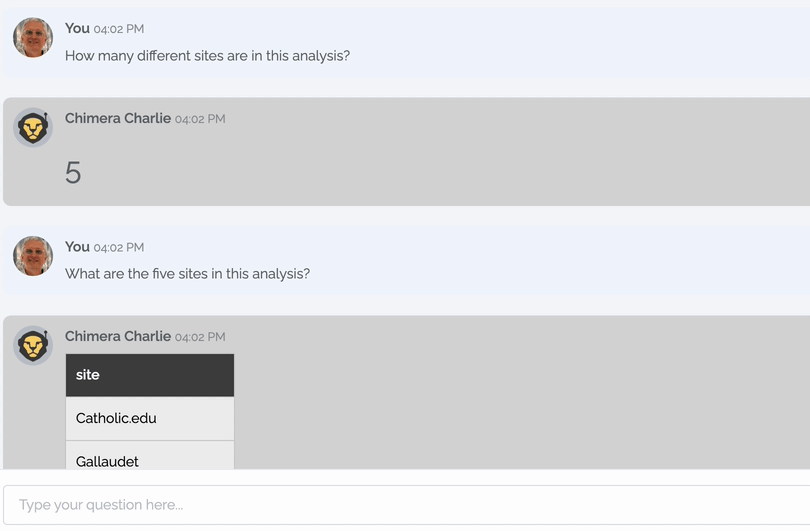
Spreadsheets are the currently most prevalent way that people interact with inventories. They give us a sense of direct control, and every content strategist knows how to use a spreadsheet.
Charts and reports are a way of distilling analysis for a wider audience and to see the forest for the trees. But using them does require more expertise.
AI provides a way to ask content analysis questions in a more natural way while still allowing the spreadsheet, chart, and reports views.



